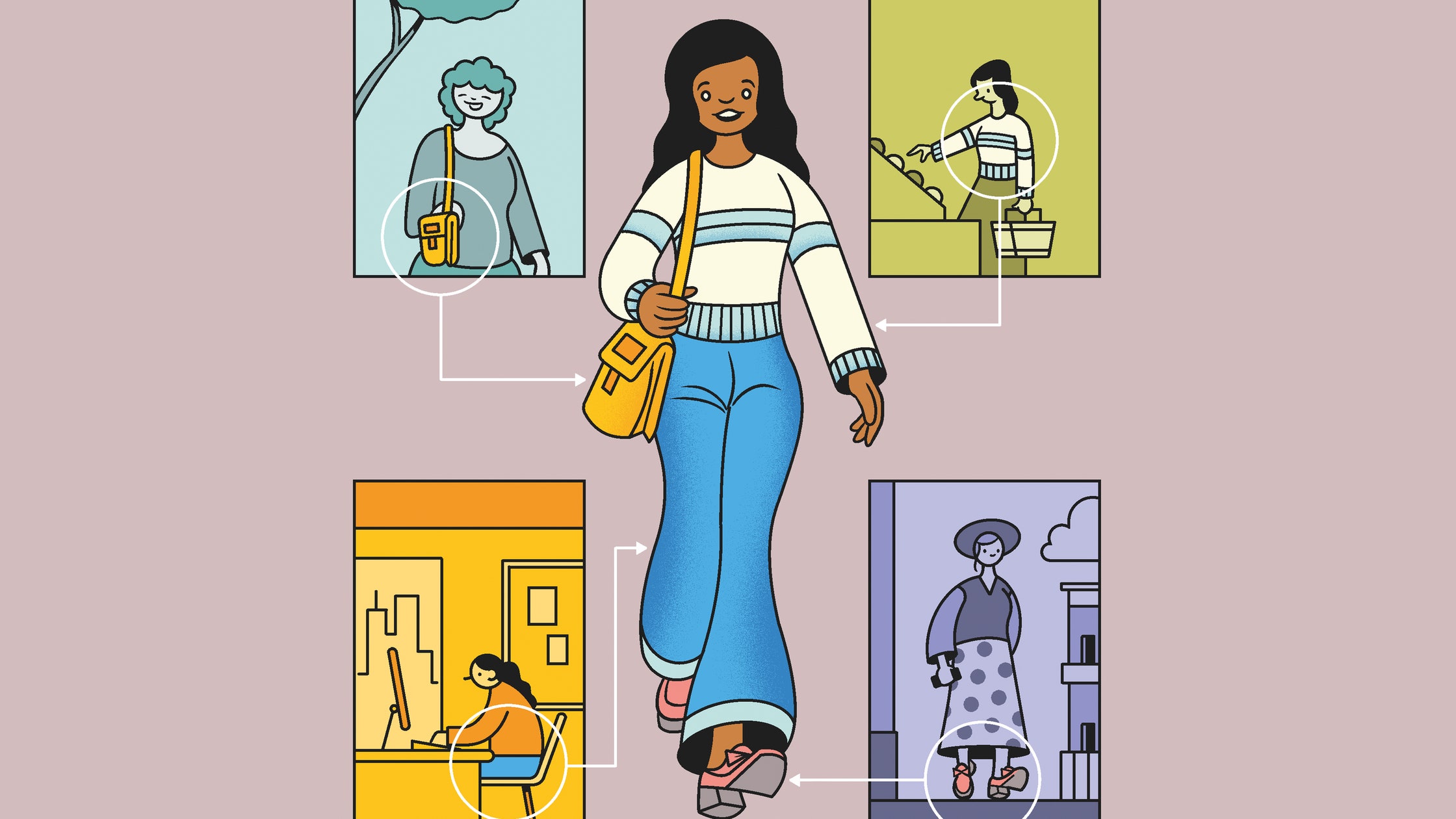
In 2022, every fashion brand will have to offer a 360° resale option to their clients. This means offering a take-back scheme as well as a pre-loved section on their websites and in-store. The reason: they are now dealing with a different type of customer with new demands.
Consumers now want to consume less and make better choices when they purchase items. According to the Boston Consulting Group, second-hand clothes are projected to make up 27 per cent of customers’ wardrobes by 2023, while 70 per cent admitted thinking about taking better care of the products they purchase thanks to the resale market. This new way of shopping is more conscious of the environment and human rights, but at the same time, consumers will still want to
own unique and attractive apparel.
The fashion industry puts the planet under immense pressure. Clothing consumption is set to rise by 63 per cent between now and 2030, according to Pulse Report, which monitors sustainability in fashion. The Ellen MacArthur Foundation (EMF) has also found that we wear our clothes 40 per cent less than ten years ago. The new customer understands this and is embracing resale instead. Our own research has shown that buying a handbag second-hand rather than opting for new can reduce its environmental impact by up to 91 per cent. According to the EMF, increasing an item’s lifetime by just nine months decreases its environmental impact by 30-40 per cent.
In addition, a greater awareness of employment conditions in some garment factories has made consumers even more averse to cheap, wear-once fashion.
This shift to sustainable living will continue to grow. It will benefit all stakeholders, providing loyalty and a new acquisition channel for brands, as well as a more affordable, value-based option for customers. It also provides brands with a powerful opportunity to boost their image through strong sustainability credentials. Plus, it makes economic sense. After the lockdowns of 2020-21, customers are starting to spend money on travel and going out again, and this will present a financial challenge to the first-hand fashion market.
Up to now, brands have been aware of their customers’ drive towards sustainability, but they are only beginning to understand that this represents a fundamental change in the way people want to shop.
Luxury brands in particular have a powerful opportunity to associate resale with the quality of their pieces, which are made to stand the test of time. The high-quality materials and detailed workmanship that they trade on ensure that items maintain good condition and decent resale value season after season. Offering a resale option to their customers will soon become standard practise.
Resale today is a similar phenomenon to e-commerce in the 1990s, which was also underestimated to begin with. Today, those companies that have embraced e-commerce fully are thriving. Those that did not are struggling or have already disappeared. In 2022, we will see a similar transformation of the sector as brands and organisations that ignore the new customer’s needs will slowly but surely lose to their more perceptive competitors.
